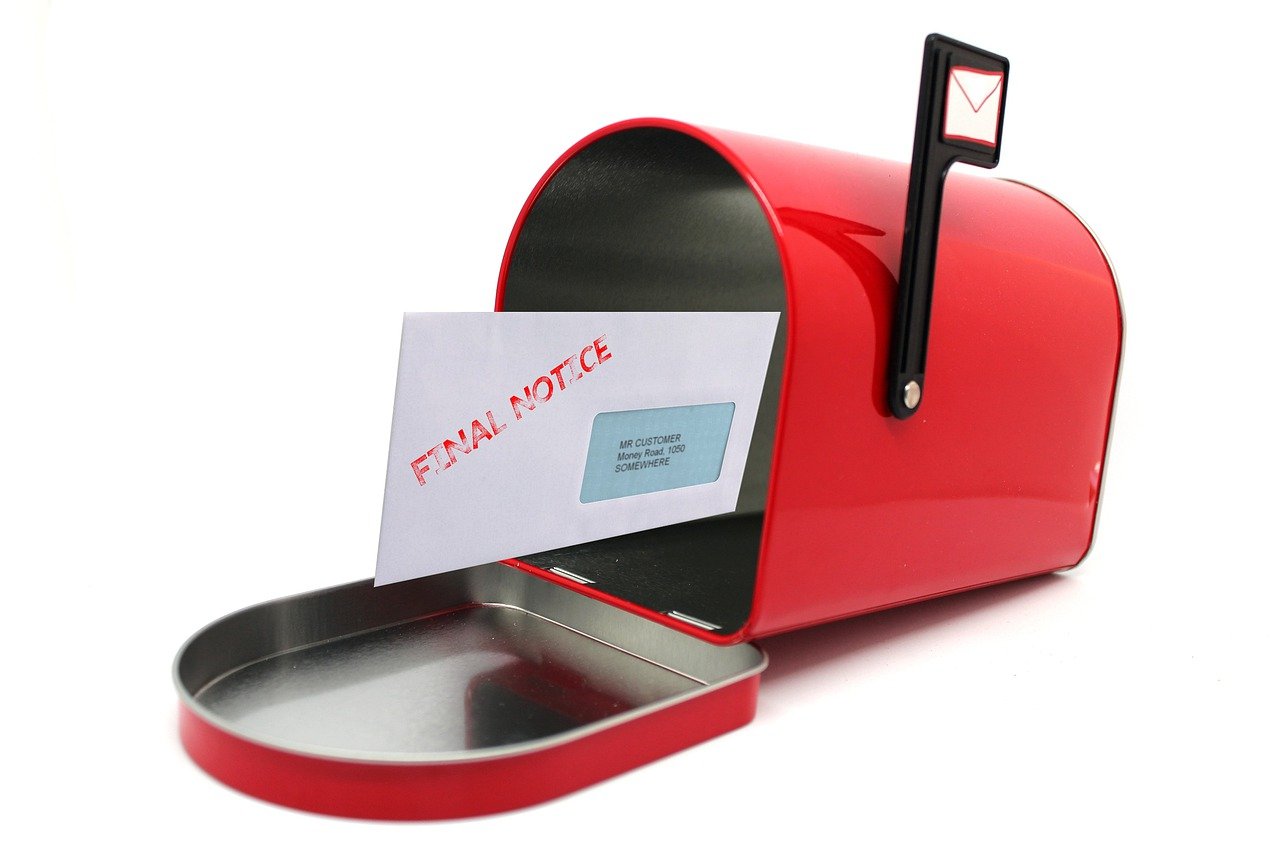Businesses rely on their customers’ payments to keep the business cash flow stable. While they can turn to small business loans to solve short-term cash flow, proper billing and payment collection processes are integral in keeping the business afloat.
Invoicing is definitely the least fun part about owning a business. However, without a streamlined process, you could end up experiencing cash flow gaps more often than you anticipated. If left unaddressed, it could lead to more serious cash flow issues.
To avoid that, we have compiled a list of the things you can do to improve your invoicing processes. Let’s get started.
1. Double-check the information on your customer invoices
Correct information is vital to the delivery of invoices to your clients. The tendency is, if you put in the wrong information, the payments will get delayed even further. When creating the invoice, especially for a new customer, it’s always wise to double-check the information.
To make invoice creation easier, create a checklist of the vital information you need. This should include the following:
- Name of the business
- Name of Customer
- Invoice number
- Invoice date
- Payment terms (i.e., how soon they should make payments)
- Payment deadline
- Description of the product/service rendered
- Total amount
- Payment options and details
2. Optimize your invoice timing
Ask yourself when you usually invoice your clients. Is it at the start of every job? At the end? A few days after the completion of a project? Sometimes, the timing of your invoicing can have an impact on the effectiveness of your invoice processing.
Experts recommend sending out invoices immediately after completing a project instead of delaying it for a few days. That is, if you don’t require a down payment or deposit before starting a project. If you do, then you should invoice before starting the project.
Moreover, Freshbooks featured a study by Vistr, which found that companies invoice their customers on a weekly or bi-weekly basis found that sending invoices during the weekends increases your chances of getting paid 10 days earlier than the expected date. On the other hand, if you’re practicing monthly billing, sending the invoice on the first of the month increases your chances of getting paid faster.
3. Offer several payment methods
Sometimes, one of the things that can hinder clients from paying their accounts is the unavailability of their preferred payment method. On the other hand, by adding more payment methods, you can expect to receive payments faster.
Some of the commonly used payment methods include:
- Direct deposit
- Paper checks
- Credit card payments
- Electronic wallets (e.g., Apple Pay, Paypal, etc.)
These days, cryptocurrencies are also getting more and more attention. It might be worth considering if you’re into this type of investment. However, if you do choose to receive cryptocurrency payments, always proceed with caution as they have a limited history of use and are typically unregulated.
4. Automate your billing process
Thanks to technology, invoicing nowadays have been made easier. You can set up a recurring billing schedule if you have ongoing clients and compile quotes from different customers.
Other than recurrent invoicing, automation also presents these features:
- Automated reminders before, during, and after due dates
- Online invoice processing, so customers can pay you using their preferred payment method(s).
- Track billable time and automatically create an invoice for that
- Automatically charge late payment fees and other charges
With the features above, you won’t only be saving a lot of effort, but it will also help you and your clients save time.
5. Set-up reminders to follow-up
Even if you do everything right, there will be times where the clients overlook the due date and completely forget about it. Other times, the invoices could be misplaced, which delays payments further.
As a business owner, these missed payments could have a huge impact on your cash flow. Like other businesses, you have monthly payables to meet. Knowing that, you should also constantly follow up on your customers. If you can, set up a reminder system a few days before the invoice is due. You can use your billing and invoice software and set up automatic reminders.
If, after a few reminders, the client is still not responding and paying, you may have to take steps like working with a payment collection company. They will have their people do the payment chasing for you so that you can focus your time and effort on other aspects of the business.
Final Thoughts
Every business can experience occasional cash flow gaps. However, if it becomes too often, there might be something wrong with your billing and invoicing process. In that case, it would be worth looking into the different ways you can improve your invoicing processes.
The tips mentioned above are just one of the many tips available out there. Hopefully, it can help you with your invoicing strategies and improve your business cash flow.



 Bitcoin
Bitcoin  Ethereum
Ethereum  XRP
XRP  Tether
Tether  Solana
Solana  USDC
USDC  Lido Staked Ether
Lido Staked Ether  TRON
TRON  Cardano
Cardano  Avalanche
Avalanche  Toncoin
Toncoin